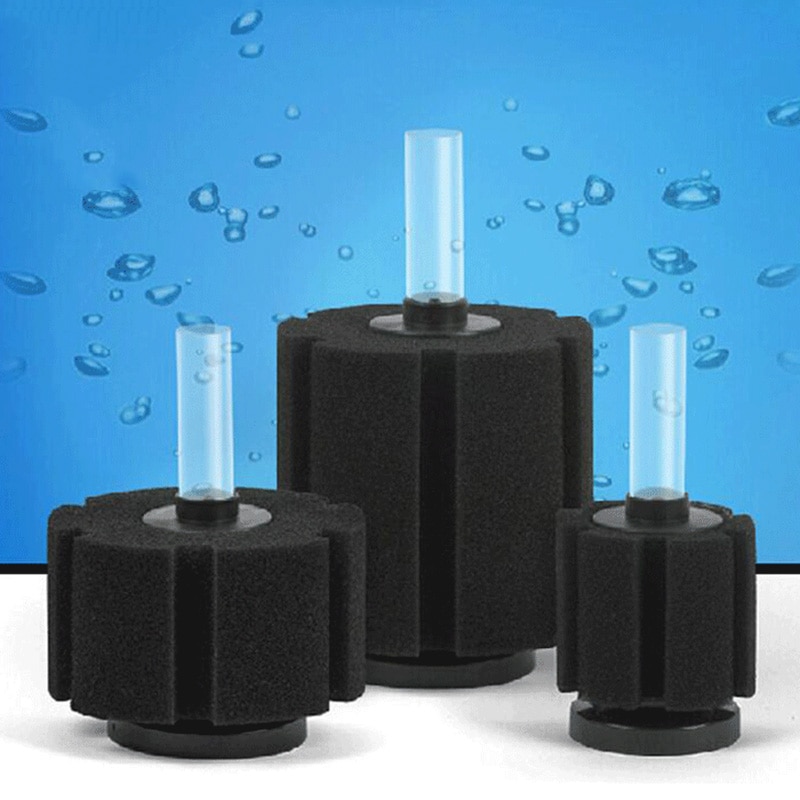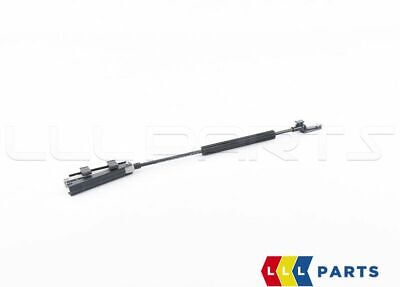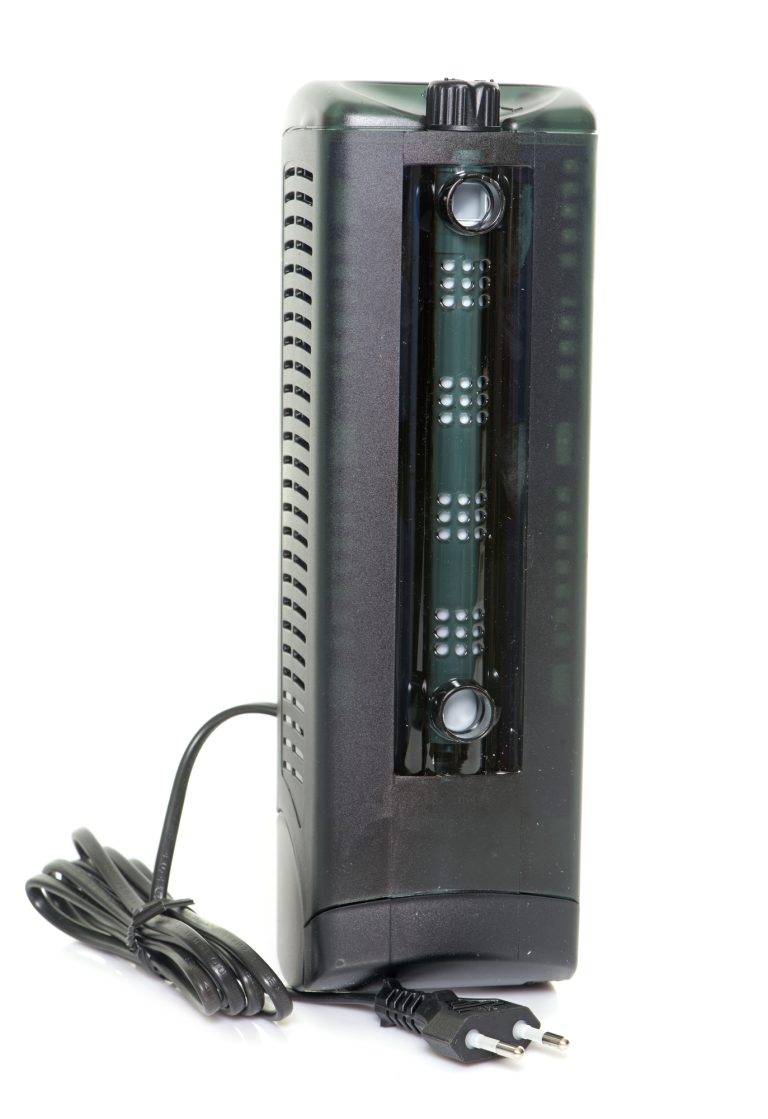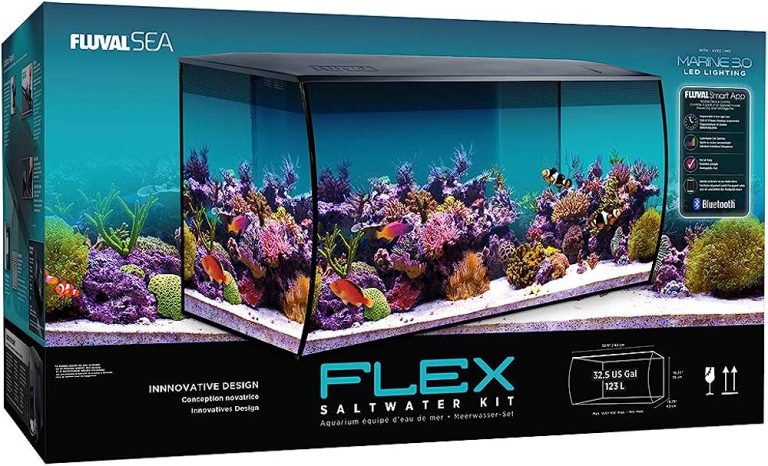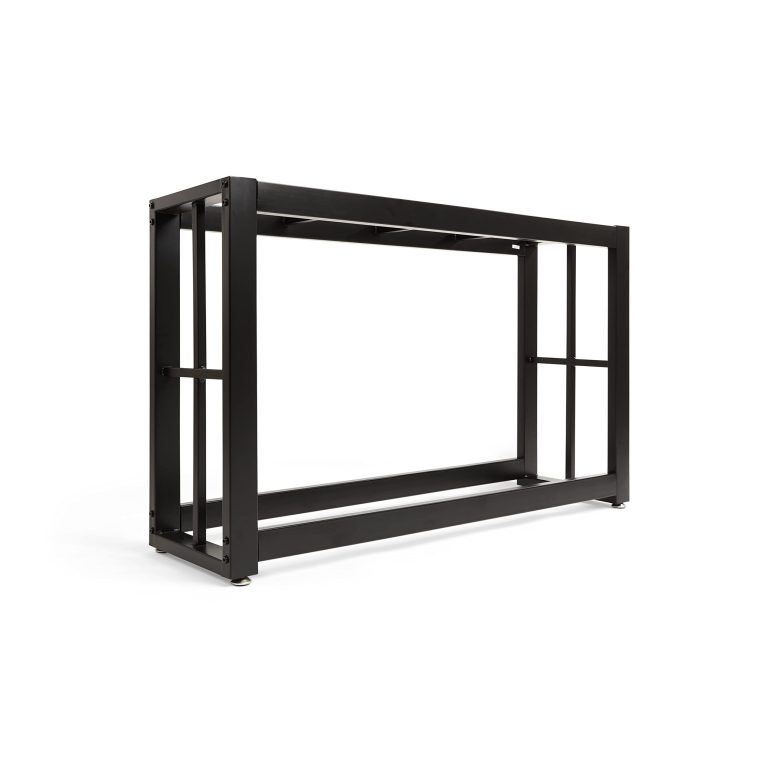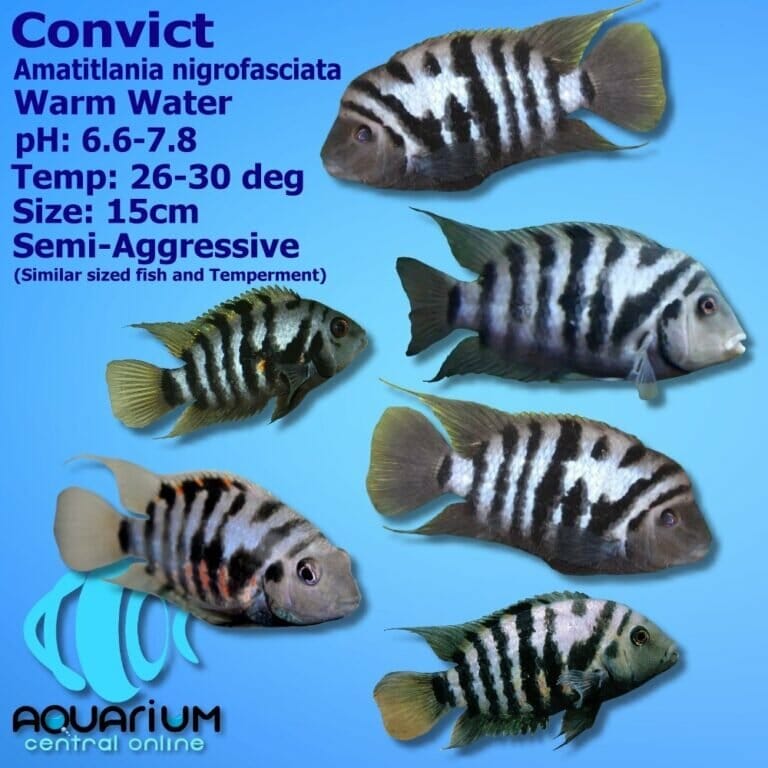Sponge Filter Aquarium
Picture this: you’ve set up a beautiful aquarium in your home, filled with vibrant fish and lush plant life. But there’s one vital component that often gets overlooked – the filter. A quality filter is essential for maintaining a healthy aquatic environment. And in recent years, the sponge filter has gained popularity among aquarium enthusiasts. In this article, we’ll explore what a sponge filter is, how it works, and why it’s a fantastic option for your aquarium.
What is a Sponge Filter?
A sponge filter is a type of aquarium filter that utilizes… you guessed it, a sponge! Unlike traditional filters that rely on mechanical and chemical filtration, a sponge filter primarily focuses on biological filtration. This method is all about cultivating beneficial bacteria that break down harmful substances, such as ammonia, in the water.

How does a Sponge Filter Work?
The mechanics of a sponge filter are delightfully simple. The filter consists of a plastic housing that holds a sponge and an air pump, which enables water to pass through the sponge. As the water flows through the sponge, beneficial bacteria colonize its surface. These bacteria consume waste in the aquarium, maintaining water quality and clarity.
The air pump creates a gentle current, ensuring the water circulates throughout the aquarium and preventing stagnant areas. This circulation promotes oxygenation and prevents the buildup of harmful substances.
Advantages of Using a Sponge Filter
1. Biological Filtration: The primary goal of any aquarium filter is to maintain water quality, and a sponge filter excels in this area. By providing a large surface area for beneficial bacteria to grow, it effectively breaks down harmful substances and prevents spikes in ammonia and nitrate levels.
2. Gentle Water Flow: Unlike some other filter types that create strong currents, a sponge filter offers a gentle and even water flow. This is especially beneficial for delicate fish species or fry (baby fish) that may struggle in stronger currents.
3. Low Maintenance: Sponge filters are incredibly easy to maintain. Cleaning them involves squeezing out the accumulated debris from the sponge in a bucket of aquarium water. This process does not require replacing filter cartridges, reducing ongoing costs.
4. Cost-Effective: Sponge filters are more affordable compared to other types of filters, making them a great option for beginner aquarists or those on a budget. The initial cost is often lower, and since they don’t require replacement cartridges, you’ll save money over time.
5. Versatility: Sponge filters can be used in various aquarium setups, including small tanks, breeding tanks, and shrimp tanks. They are also compatible with both saltwater and freshwater environments.
Choosing the Right Sponge Filter
When selecting a sponge filter for your aquarium, there are a few key factors to consider:
1. Tank Size: Determine the size of your aquarium and choose a filter that is suitable for its volume. Larger aquariums may require multiple sponge filters.
2. Sponge Pore Size: Sponge filters come in different pore sizes, from fine to coarse. Smaller pores are suitable for tanks with small fish or fry, as they prevent them from being sucked into the filter. Larger pores are beneficial for tanks with larger fish species.
3. Air Pump Power: Consider the power of the air pump that comes with the sponge filter. It should be able to sufficiently circulate the water in your aquarium.
4. Maintenance: Look for sponge filters that are easy to clean and have replaceable parts, such as the sponge itself.
Now that we have explored the ins and outs of sponge filters, let’s answer some frequently asked questions to further clarify any doubts you may have.
Frequently Asked Questions
1. Can a sponge filter be the only filter in an aquarium?
Absolutely! Sponge filters can be the sole filtration system in an aquarium, especially in small tanks or tanks with low bioloads. However, in larger aquariums with heavy fish populations, it is advisable to use a sponge filter in conjunction with other filters, such as a hang-on-back or canister filter.
2. How often should I clean my sponge filter?
The frequency of cleaning a sponge filter depends on several factors, including the tank size, number of fish, and feeding habits. As a general rule, you should aim to clean the sponge every 2 to 4 weeks. However, it’s crucial to pay attention to the sponge’s appearance and water quality. If the sponge becomes clogged or the water quality deteriorates, it’s time for a cleaning.
3. Can I use a sponge filter in a saltwater aquarium?
Yes, sponge filters can be used in both saltwater and freshwater aquariums. However, it’s essential to choose a sponge filter made from materials that are safe for saltwater environments.
4. Can I customize a sponge filter?
Absolutely! Many aquarists love the versatility of sponge filters and often customize them to meet their specific needs. You can modify the sponge by cutting it to fit specific setups or even stack multiple sponges for increased filtration capacity.
Final Thoughts
Sponge filters offer an excellent solution for aquarium filtration, particularly for small to medium-sized tanks. They provide effective biological filtration, gentle water flow, low maintenance, and cost-effectiveness. Whether you’re a beginner or an experienced aquarist, a sponge filter is a practical and reliable option to maintain the health and clarity of your aquarium. Consider the size of your tank, sponge pore size, air pump power, and maintenance requirements when choosing a sponge filter. Embrace the simplicity and efficiency of sponge filters and provide your aquatic companions with a clean and thriving environment. Happy aquarium-keeping!
